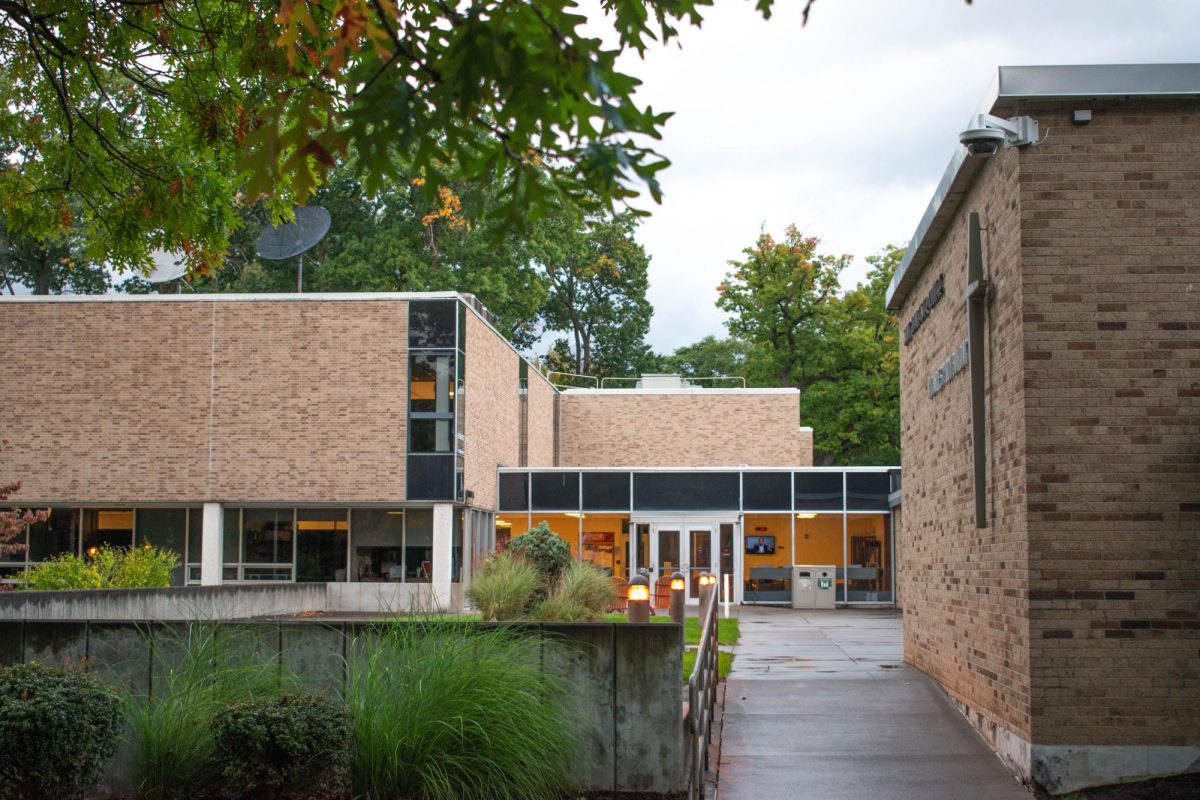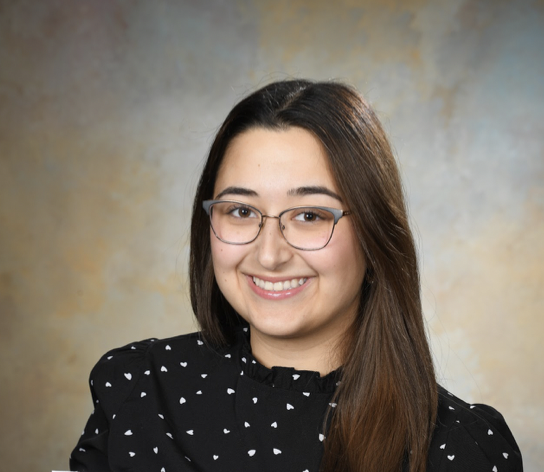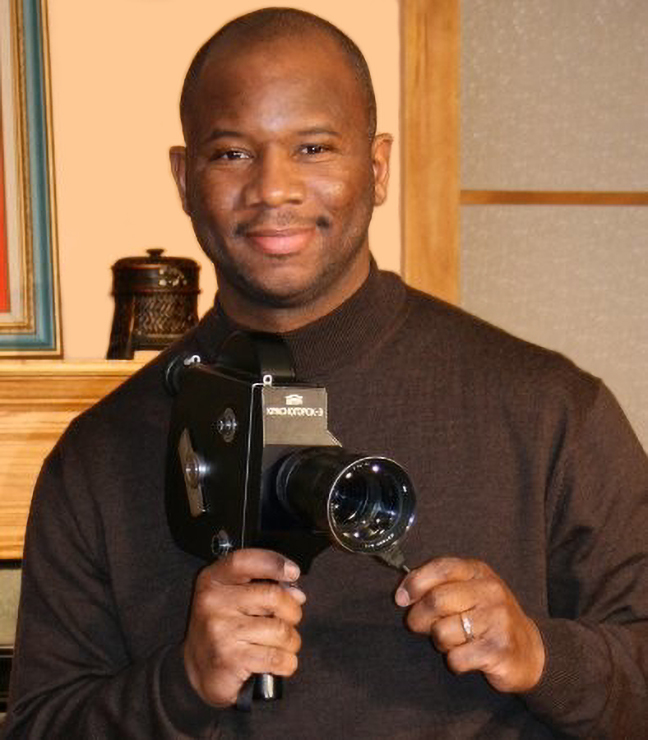As the School of Arts and Sciences prepares for a complete department reorganization with larger department groupings, a new challenge appears: who will students go to for specific academic support?
Provost Kevin Railey believes that this question is a non-issue. As the former chair of a large department, Railey has been on the receiving end of students’ queries and requests. Students typically found themselves in his office with matters “not related to the curriculum or program, but related to things that a student felt was unfair or they had suggestions.” However, as a former English Department chair at SUNY Buffalo State, a school whose current undergraduate population is more than double our own, the typical relationship between students and faculty was likely very different than what students have come to expect at Fisher.
Fisher is an institution known for small class sizes, an attribute which influences many students to choose our school. The resulting atmosphere allows students to create personal relationships with professors in their departments. While I have spent the past two and a half years getting to know the professors within my own major and learning their niche interests, incoming students rely on their fall semester department meetings as an introduction to both their major and department chair. While the first year advisors are fantastic resources for future planning, department chairs can provide students with recommendations based on their specific interests and learning needs, as well as provide insights into planned course offerings. As the school structure currently stands, students within the School of Arts and Sciences have access to an all-knowing faculty member within their major to guide them throughout their four years.
After the new divisions are established, the future incoming classes will only know their department chairs as figures who oversee a large grouping of majors, rather than someone who is an expert on that student’s respective subject area. While it is possible for students to form relationships with their professors for information, it is typical that students might not begin the bulk of their major’s course work until after their first (or even second) year. While most existing students at Fisher already have a relationship with a faculty member who is able to provide them with information and opportunities, the incoming classes will no longer have the immediate opportunity to build these meaningful connections.
My relationship with the chair of my department has built the basis for my success here at Fisher. After establishing a connection with him during my first year department meeting, I found comfort in popping into his office to ask a question about future courses or to receive information about opportunities that interest me. While there are many professors within my major who are extremely knowledgeable and helpful, I found it essential to have one singular resource for all questions, recommendations and opportunities.
I feel that the reorganization of the divisional structure will leave a hole where a vital resource for students currently resides. However, the overall initiative seems to promise a more collaborative and well-rounded student experience, as well as added support for faculty members. Going forward, I hope to see efforts to continue providing these essential informational supports to students, alongside the plans to redevelop the department structure, in order to create a supportive environment for both students and faculty alike.




















